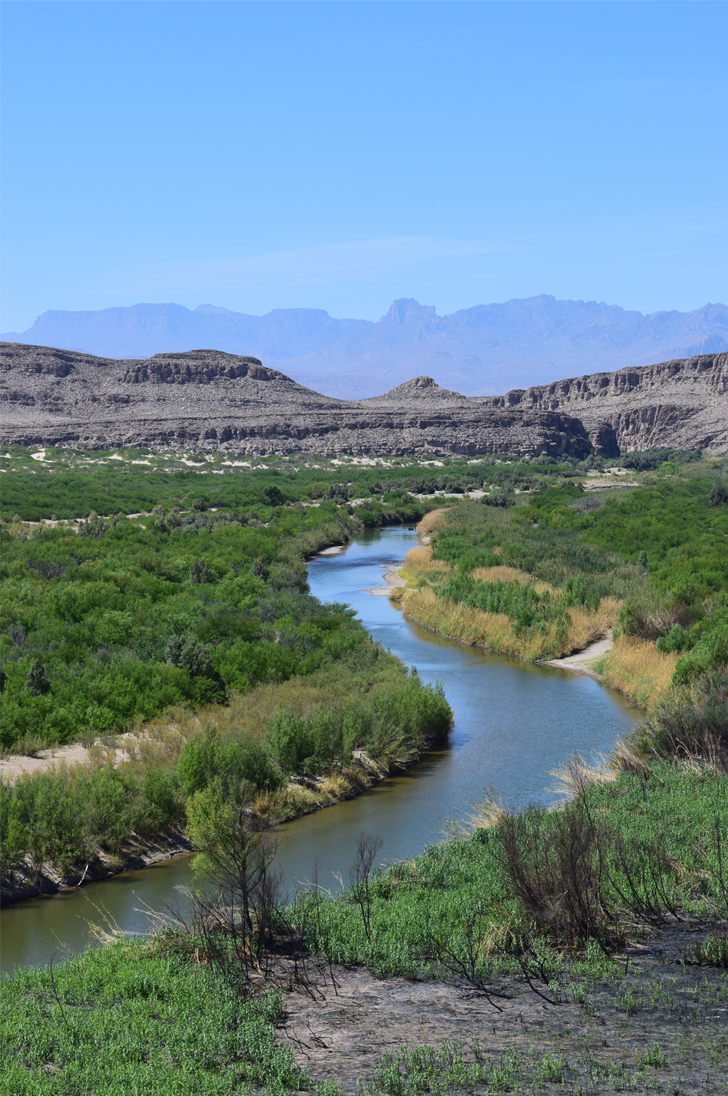 All wetlands receive and store water, and most types deliver that water downstream in the watershed through surface water and/or groundwater. Most wetlands have one or two dominant water sources that drive the hydrologic functions. Dominant water sources include surface inflows (including stream and tidal sources), precipitation, and groundwater discharge. These dominant water sources and how those sources move in and out determine the wetland’s hydroperiod. It is important to plan hydroperiods that are appropriate for each site. This requires understanding the source(s) of water that will reach each wetland, as well as how the water will be retained (clay lens beneath the hydric soils?) and how it will leave the site (drainage tile? groundwater? surface water? transpiration?). Losses may include evaporation and transpiration, groundwater recharge, and surface outflows. Water may be stored on the wetland surface, in its soil profile, or both.
All wetlands receive and store water, and most types deliver that water downstream in the watershed through surface water and/or groundwater. Most wetlands have one or two dominant water sources that drive the hydrologic functions. Dominant water sources include surface inflows (including stream and tidal sources), precipitation, and groundwater discharge. These dominant water sources and how those sources move in and out determine the wetland’s hydroperiod. It is important to plan hydroperiods that are appropriate for each site. This requires understanding the source(s) of water that will reach each wetland, as well as how the water will be retained (clay lens beneath the hydric soils?) and how it will leave the site (drainage tile? groundwater? surface water? transpiration?). Losses may include evaporation and transpiration, groundwater recharge, and surface outflows. Water may be stored on the wetland surface, in its soil profile, or both.
The accounting of the inflows and outflows with adjustments in storage is the wetland water budget. The presence of water can be described quantitatively using these parameters: probability, frequency, and duration of surface and groundwater. These parameters describe the wetland’s hydrologic regime. The objectives for a wetland project should include the target hydrologic regime. That selected regime should be based on knowledge of the inflow and outflow parameters, and how they drive the water budget. Wetlands that receive either too much or too little water can fail.
The assessment of water quality is also important. Samples from surface inflow and groundwater discharge represent inputs to the wetland. The quality of surface water or soil storage should differ from that of the inflows. Samples from surface outflows and groundwater downstream represent how much the wetland removed or added nutrients and other materials. Usually, water quality criteria are set for the water in storage or in outflows. It is important to make this distinction in setting restoration criteria. If a project is meant to deliver high quality outflows, that function should not be assessed by measurement of water in storage. If the project purpose is on-site wildlife habitat, high nutrient levels might be permissible, but if the purpose is to restore a species-rich meadow, high nutrient content in storage water would likely favor an invasive monotype, precluding high diversity.
